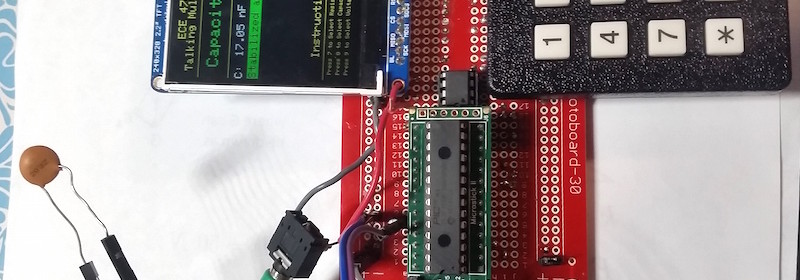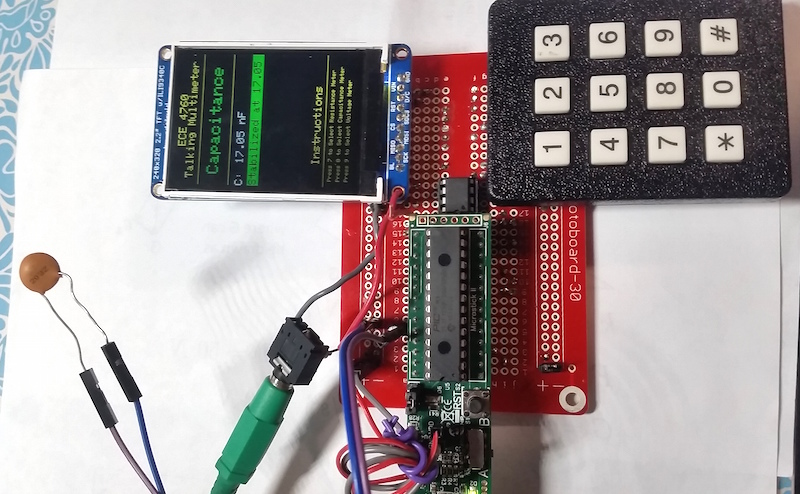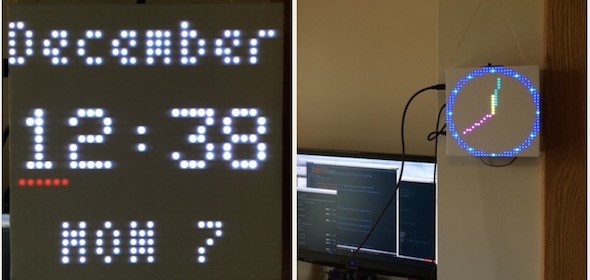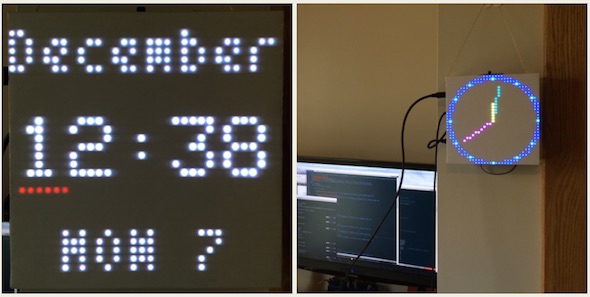Talking multimeter using PIC32 microcontroller

Rachel Dipirro and Jonathan Lo (students of Cornell) built a talking multimeter as their final project for the 2016 Fall ECE 4760 (“Designing with Microcontrollers”) course. Their talking multimeter is powered with the PIC32MX250F128B microcontroller, and it can speak the measured readings while operating as a volt-, ohm-, and capacitance-meter. It is aimed to provide the user these measurements without turning away from the circuit currently being worked on.
The speaking measurement system will provides an auditory alternative to a visual meter. Our system consists of a TFT LCD to display the reading, a keypad to read user input about the mode of the system, and speakers to hear the readings of both the keypad and the measurements. Key presses on the keyboard determine if the multimeter is used a voltmeter, an ohmeter, or a capacitance meter. Additional circuitry and the functionality on the PIC32MX250F128B is used to map the voltages to ranges acceptable for the MCU and to calculate the parameter values. Capacitance values can be measured between 1pF and 100nF. Resistance values can be measured between 0 and 50kΩ. Voltage values can be measured up to 10V and mapped down appropriately for the MCU using a voltage divider.


